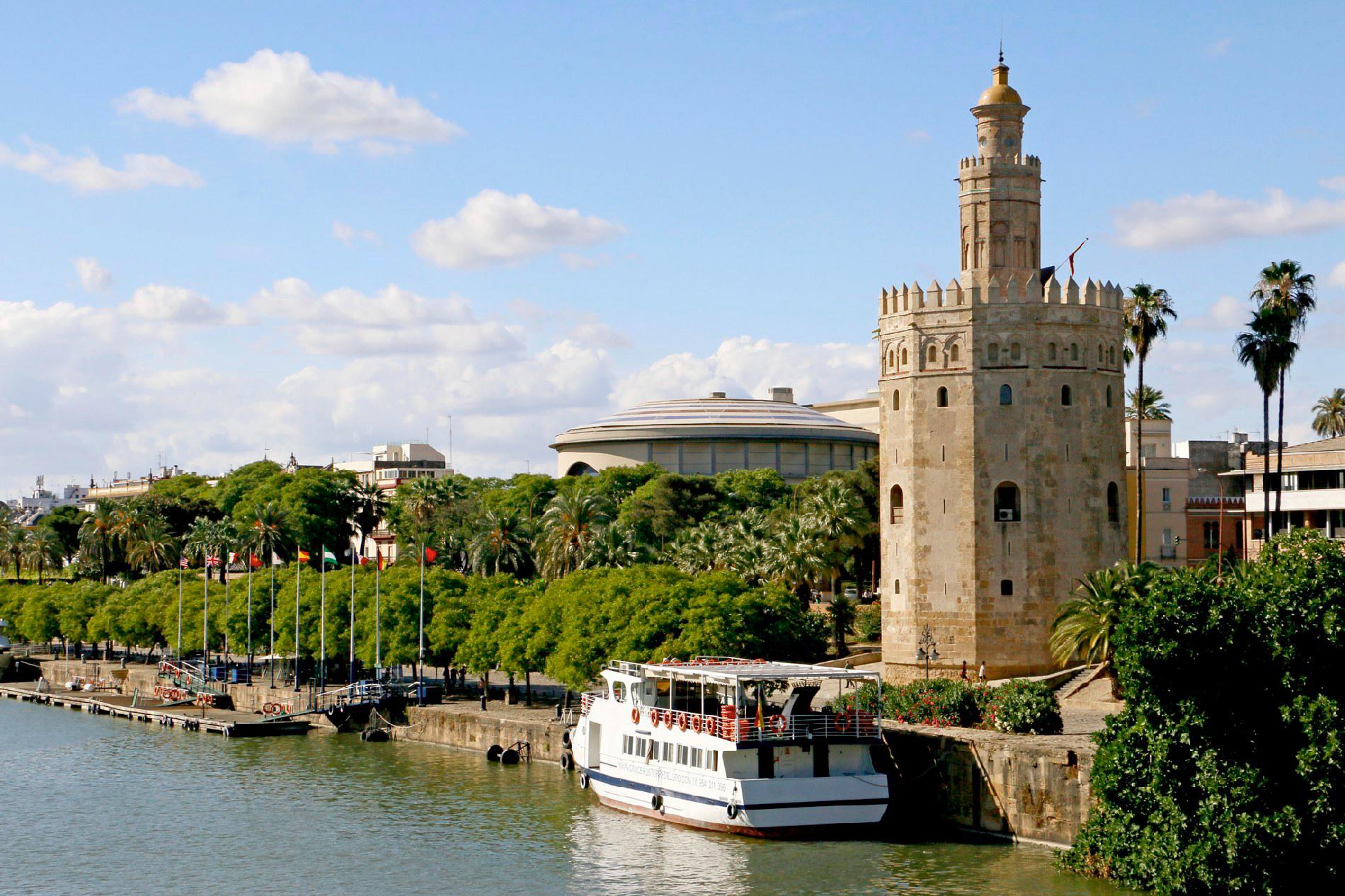Task 5. Art and culture in Al-Andalus
1 .Culture
A splendid culture developed in Al-Andalus. There was a mixture of several cultures:
- Roman-based classical culture preserved by the Mozarabs.
- Science and medicine kept by the Jews. (Abulcasim Malasama, Abulcasis Al- Zahrawi).
- Muslims took care of education and imported mathematics from India.
The outstanding period began during the Caliphate . Al-Hakam II was very interested in developing the culture and he created a huge library of more than 400000 books. Philosophers as the Muslim Averroes and the Jew Maimonides lived in Cordova in this period.
The most well-known poet was Ibn Hazm. New techniques were introduced by Muslims, such as the paper.
2. Architecture
Architecture was developed in Al-Andalus. Painting and sculpture were used to decorate buildings.
The characteristic of Islamic architecture were:
1. Poor buildings materials , as bricks, plaster and tiles. These materials were covered with abundant decoration . Representing animals and people are not allowed by Islam so geometrical and plant motifs were used instead. Furthermore, calligraphy was used to cover the walls with poems or texts from the Koran.
2. Islamic buildings were supported by columns, pillars, horseshoe arches, poly- lobed arches , or arches decorated with plasterwork.
3. Buildings used to have flat, wooden roofs. Some buildings had domes, which were lavishly decorated.
There were several major buildings:
1. Mosque: The main example is in Cordova (8th-10th centuries):It was built by Abd al- Rahman I in 785 and it was enlarged several times by Abd al-Rahman II, Al-Hakam II and Al- Mansur in the 9th and 10th centuries.
The second example is In Seville it has been preserved the mosque’s tower (Giralda, 12th century).
2. Palaces:
1.The Alhambra (Granada) is the best preserved palace (14th-15th centuries). It has two main parts:
1.Court of the Myrtles (Patio de los Arrayanes). It was the public part of the palace.
2.Court of the Lions (Patio de los Leones). It had the private rooms.

2. Madinat al-Zahra was mostly destroyed in the 11th century.

3. Aljafería (Zaragoza) is richly decorated in stucco.
3. Other works such as Torre del Oro constructed by Almohads. (Seville, 12th century).

Obra publicada con Licencia Creative Commons Reconocimiento Compartir igual 4.0